Every country has its postcard places —the ones featured in every travel brochure and Instagram feed. But ask a local, and they’ll tell you which destinations aren’t worth the hype. In Canada, many famous spots have become more tourist traps than treasures. Between inflated prices, crowds, and a lack of real cultural depth, these once-beloved locations often make locals roll their eyes rather than pack a weekend bag. Here are 22 Canadian tourist spots that locals secretly avoid.
Niagara Falls (Ontario)
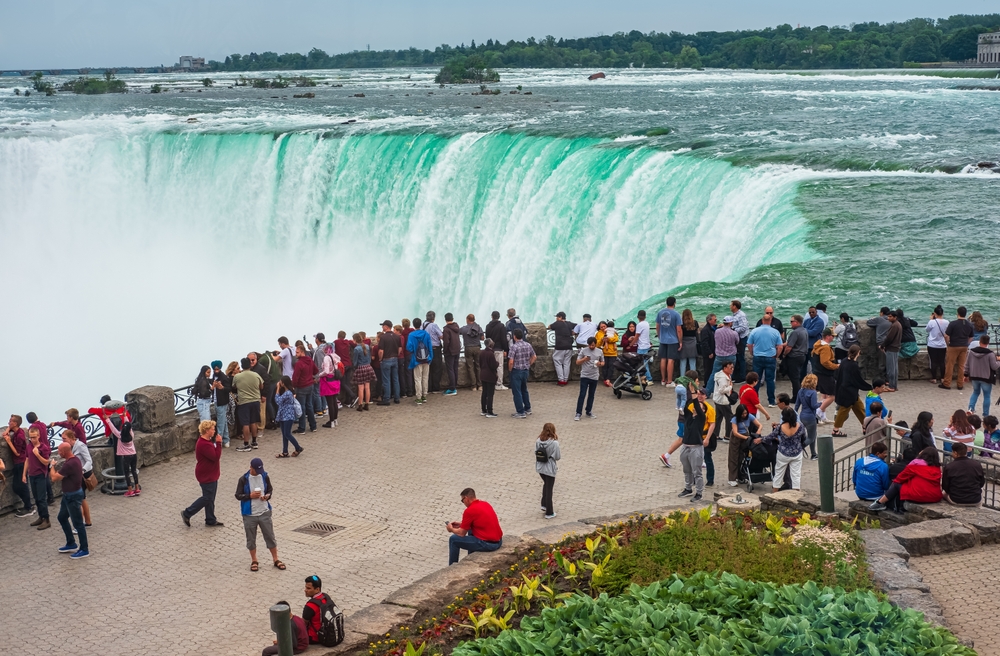
No one denies the grandeur of the falls, but locals see it as a commercial circus. What was once a natural wonder has turned into a neon-lit maze of overpriced attractions, wax museums, and chain restaurants. Locals often avoid it because the crowds and aggressive souvenir sellers overshadow the beauty of the falls. The parking is costly, and everything nearby feels designed to drain wallets rather than offer an authentic experience. Residents would rather visit quieter waterfalls in Ontario, like Kakabeka Falls or Algonquin’s natural rapids, where the experience is serene and unspoiled.
Banff Avenue (Alberta)
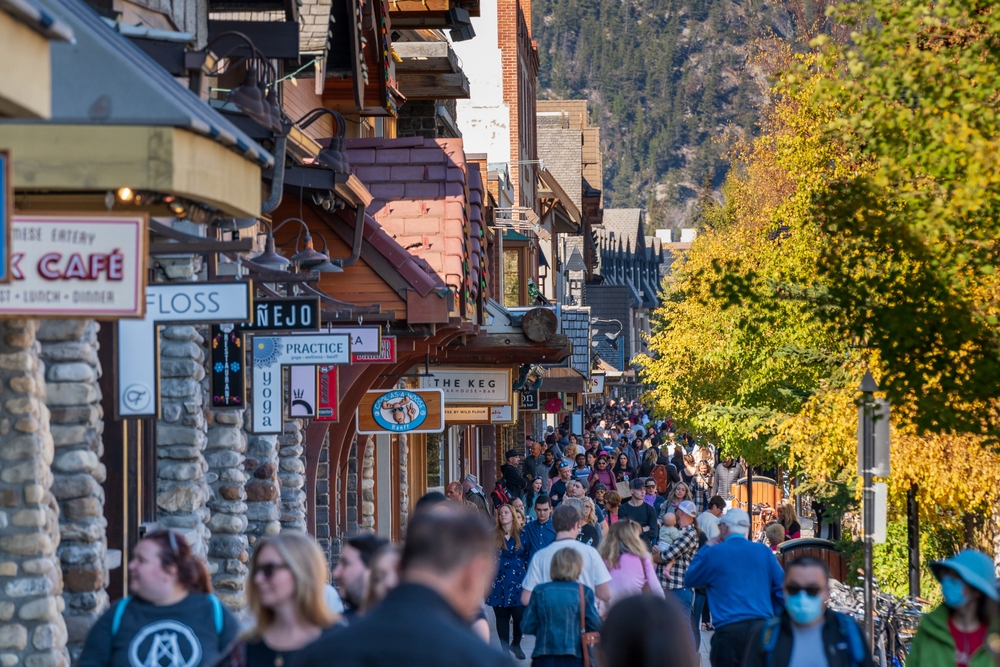
Banff’s stunning mountain views are undeniable, but its main strip, Banff Avenue, feels more like a luxury mall than a mountain town. High-end boutiques, chain cafes, and souvenir shops line every corner, making it hard to find genuine local culture. During peak season, traffic crawls, hotel rates skyrocket, and even finding a parking spot feels like a competitive sport. Locals prefer the nearby town of Canmore or the less touristy Jasper for a quieter taste of the Rockies without the performative tourism energy or inflated resort prices that define Banff’s main drag.
Whistler Village (British Columbia)
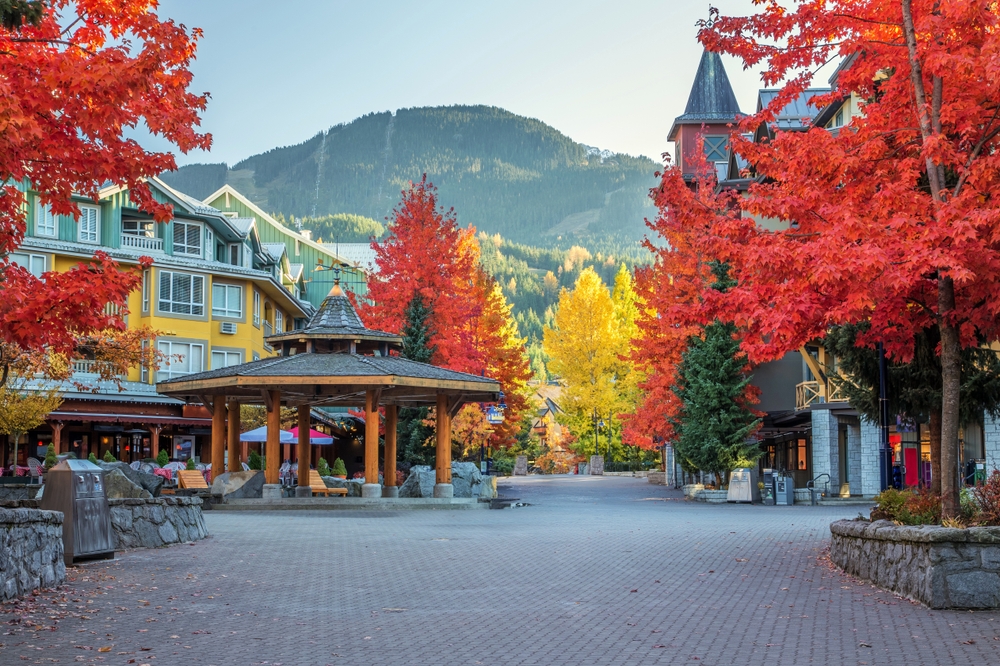
Whistler is beautiful, but it’s also become a playground for the rich and famous. Prices for everything, from coffee to ski passes, border on absurd, and the village often feels overcrowded and artificial. Locals love the slopes but hate the congestion, corporate takeovers, and constant influencer photo shoots clogging up trails. For a more relaxed experience, they’d rather ski at Sun Peaks or Revelstoke, where lift lines are shorter, costs are lower, and the vibe feels more genuinely Canadian. Whistler remains a world-class resort, but it’s not where locals go to unwind anymore.
Old Montreal (Quebec)
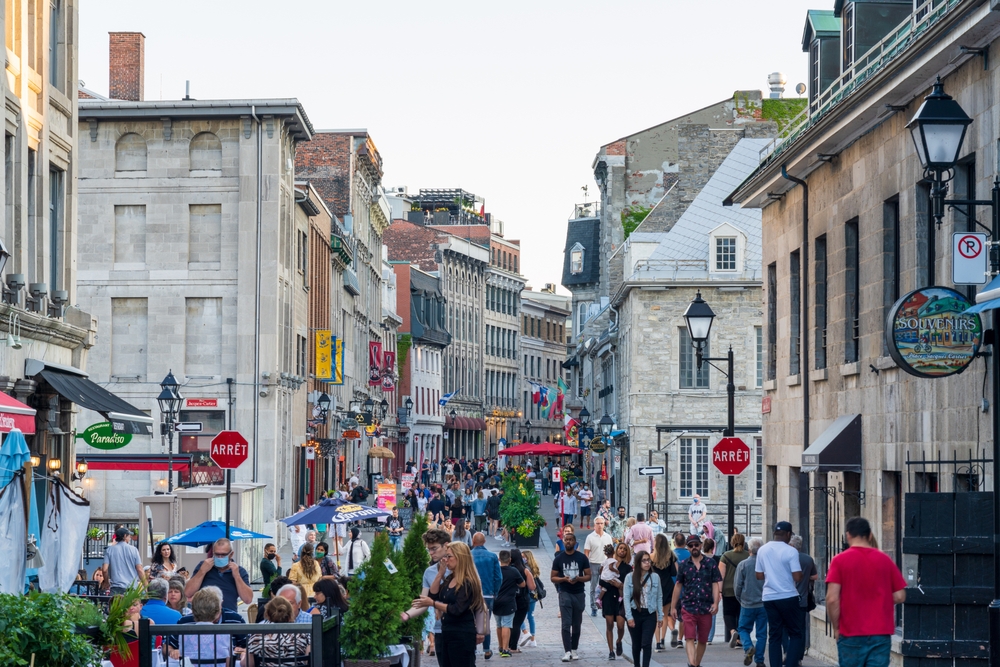
Charming as it looks in photos, Old Montreal is one of those places that locals visit once and rarely return to. Cobblestone streets, street performers, and European architecture attract endless crowds, especially cruise ship passengers. But for residents, it’s overpriced and packed year-round. The restaurants cater more to tourists than to those seeking authentic Quebecois cuisine, and parking is a nightmare. Locals would rather grab a croissant in Le Plateau or Little Burgundy, where culture feels less curated and more lived-in. Old Montreal is picturesque, yes, but a local’s patience runs out fast there.
The CN Tower (Toronto, Ontario)
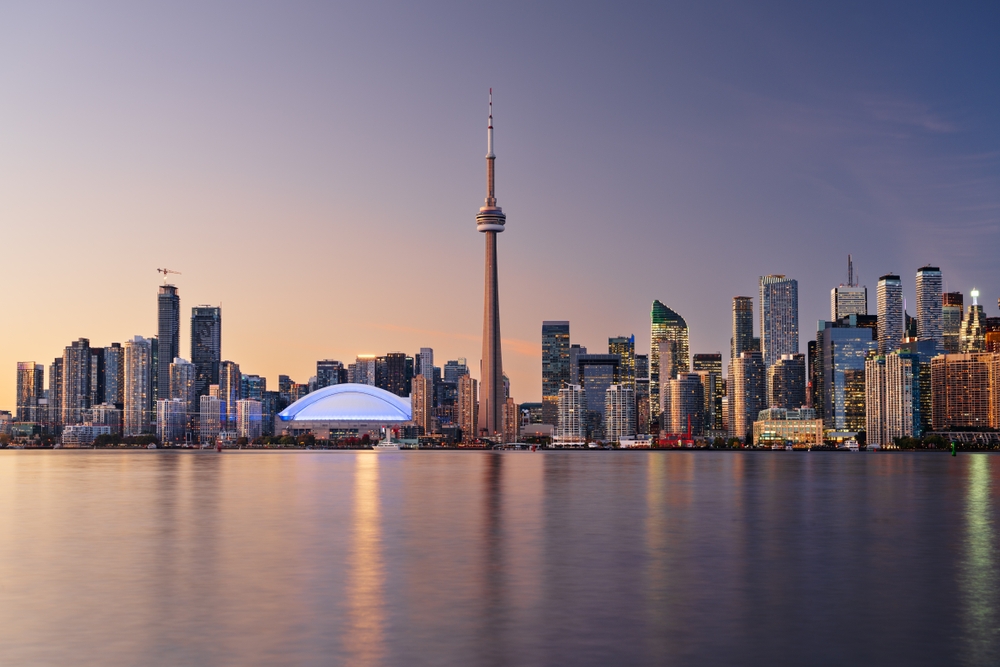
For many Torontonians, the CN Tower is a “been there, done that” attraction. Once a marvel of engineering, it’s now more of a tourist photo backdrop than a meaningful experience. The glass floor and revolving restaurant come with steep ticket prices, and locals generally skip it unless they’re entertaining out-of-towners. The real views of Toronto, many argue, are better (and cheaper) from the rooftop bars in the Entertainment District or from the Toronto Islands ferry. The tower’s novelty has long worn off for residents who see it daily against their skyline.
Peggy’s Cove (Nova Scotia)
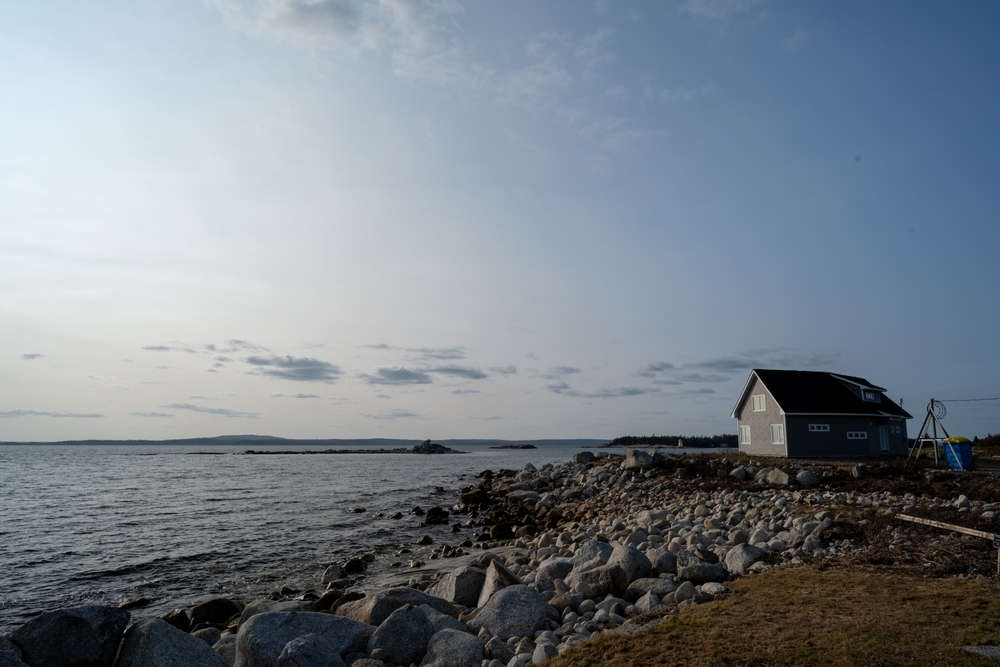
This iconic lighthouse attracts busloads of visitors every summer, but Nova Scotians often steer clear. The area is overcrowded, and the famous rocks are now covered in warning signs and barricades due to accidents. The surrounding village has become a hub for souvenir shops and inflated seafood prices, losing much of its old fishing-town charm. Locals prefer quieter coastal drives or smaller coves nearby like Prospect or Herring Cove, where the scenery is equally beautiful and the pace far less chaotic. Peggy’s Cove remains iconic, but also overrun.
The Forks (Winnipeg, Manitoba)
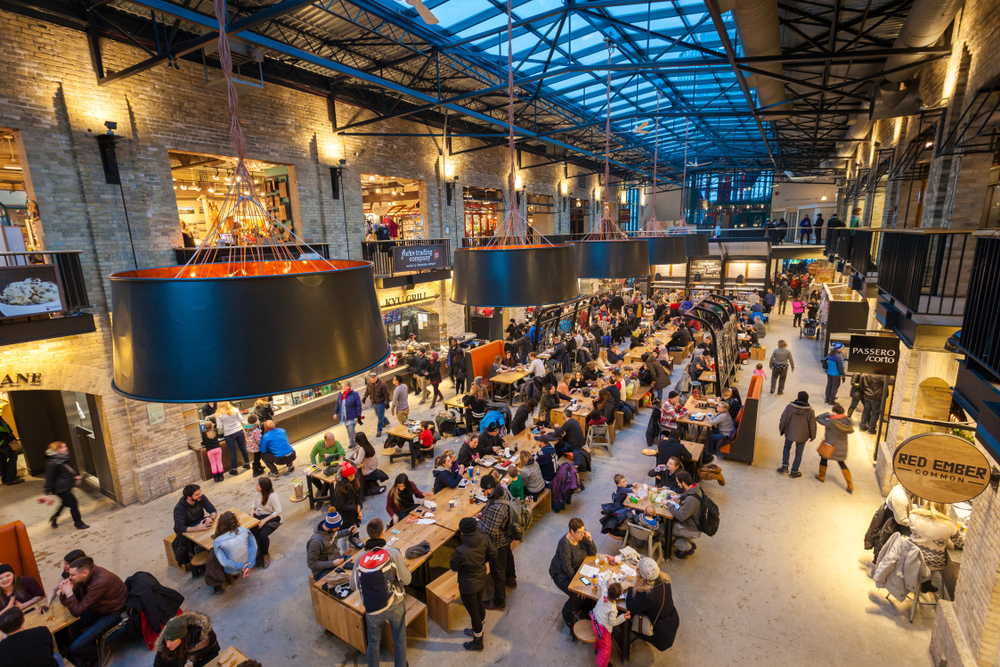
The Forks is beloved in tourist guides, but many Winnipeggers view it as overhyped. What started as a vibrant community space has become filled with predictable eateries and overpriced craft stalls. Parking and crowds, especially during summer festivals, are constant headaches. While tourists love the riverside views and market feel, locals prefer smaller, more authentic hangouts like the Exchange District or Osborne Village. The Forks tries to be the city’s cultural heart, but for many residents, it feels more like a commercial event ground than a genuine meeting place.
Capilano Suspension Bridge (British Columbia)
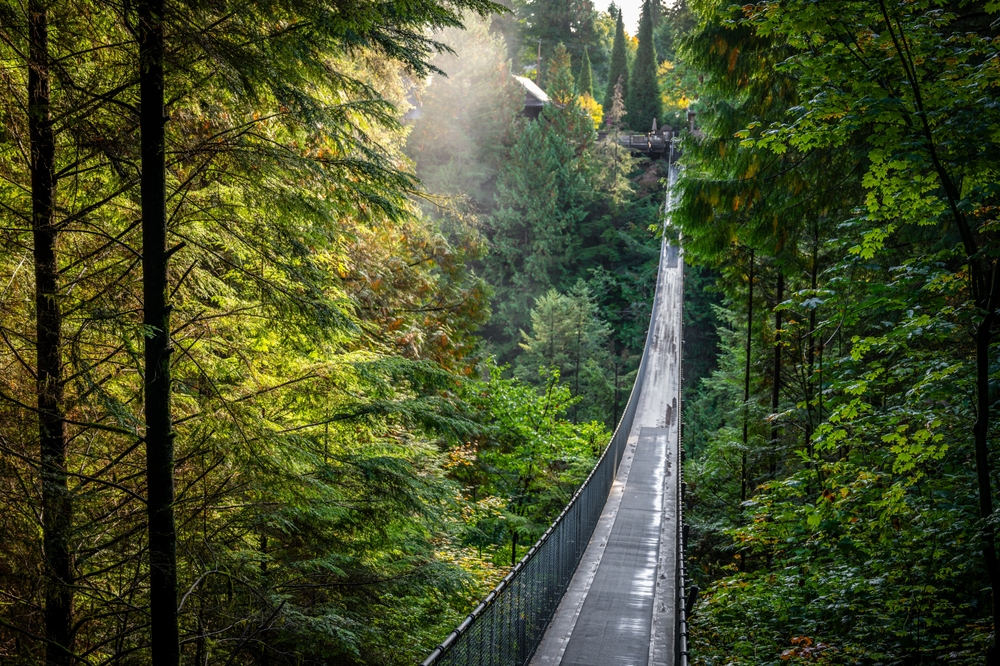
The Capilano Suspension Bridge is impressive, but not enough to justify its $70 ticket and wall-to-wall crowds. Locals find it overpriced and tourist-saturated, with little authenticity left. You’re more likely to bump into selfie sticks than nature. Vancouver residents prefer Lynn Canyon Suspension Bridge, which offers similar views and is free to visit. The Capilano site, while scenic, has turned into more of a business operation than a nature experience. Its beauty is still there, but behind a long line of tour buses and admission counters.
Parliament Hill (Ottawa, Ontario)
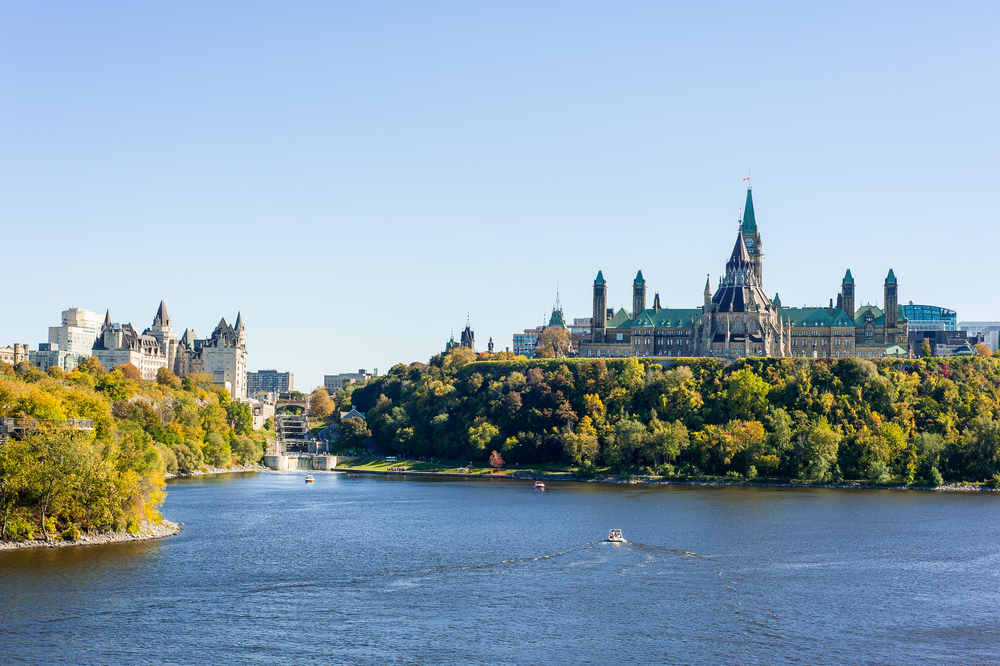
While Parliament Hill is central to Canada’s identity, it’s not exactly a hangout spot for locals. Ottawa residents mostly avoid the area except for protests, festivals, or when guiding guests. The daily security checks, restricted access, and constant construction have made it less appealing. Tourists love the Changing of the Guard ceremony, but locals tend to prefer walks along the Rideau Canal or in the ByWard Market for more authentic city life. Parliament Hill represents Canada’s democracy, but for Ottawans, it’s often just traffic and barriers.
Clifton Hill (Ontario
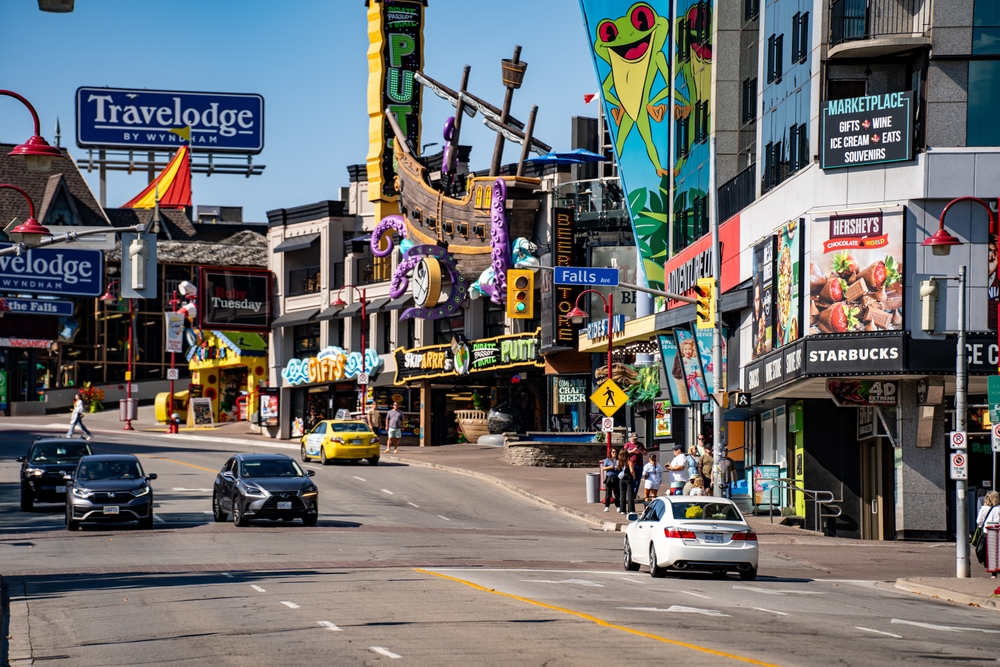
If Niagara Falls is the main attraction, Clifton Hill is its chaotic twin. It’s filled with flashing lights, haunted houses, and endless arcade games. Locals roll their eyes at the tackiness and overpriced attractions. It’s marketed as “fun for the family,” but feels more like a sensory overload. Residents would rather visit Niagara-on-the-Lake for its wineries and calm atmosphere. Clifton Hill remains a tourist magnet but for locals, it’s the definition of over-commercialized entertainment, loud, crowded, and lacking any real local flavor.
Granville Island (Vancouver, British Columbia)
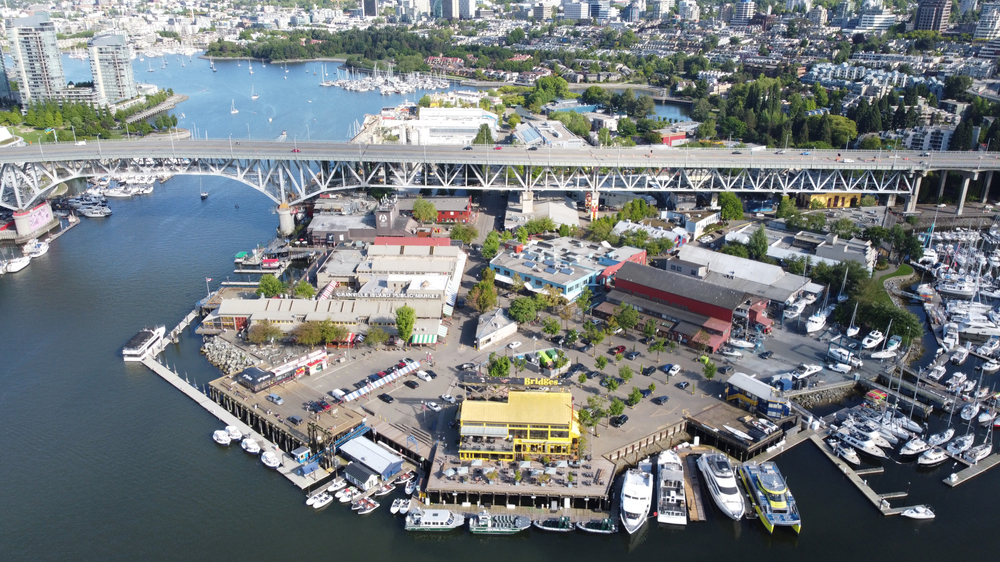
Granville Island used to be a creative hub for artists and locals, but it’s now dominated by tourists and inflated food prices. The market is packed daily, making it hard to move without bumping into someone taking photos of salmon jerky. Parking is near impossible, and locals often avoid the area entirely during summer. Many prefer smaller community markets in Mount Pleasant or Commercial Drive for a less chaotic experience. Granville Island still has charm, but locals know it’s best visited early in the morning, or not at all.
Hopewell Rocks (New Brunswick)
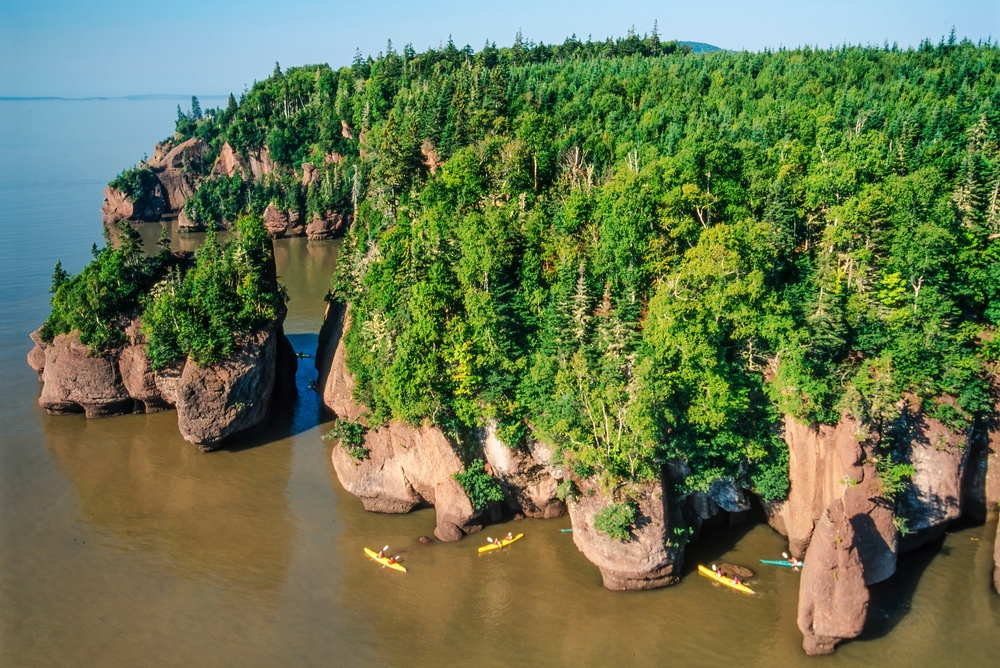
The famous flowerpot-shaped rocks are striking, but locals rarely go anymore. The site has become highly regulated, with expensive entrance fees and strict visiting hours due to tides. Tourists crowd every viewpoint, and the atmosphere feels more like a field trip than a natural escape. Many residents prefer to explore lesser-known Bay of Fundy spots like Alma or Cape Enrage, where the tides are equally fascinating but without the commercial setup. Hopewell Rocks remains a must-see for visitors, not locals.
Jasper Townsite (Alberta)
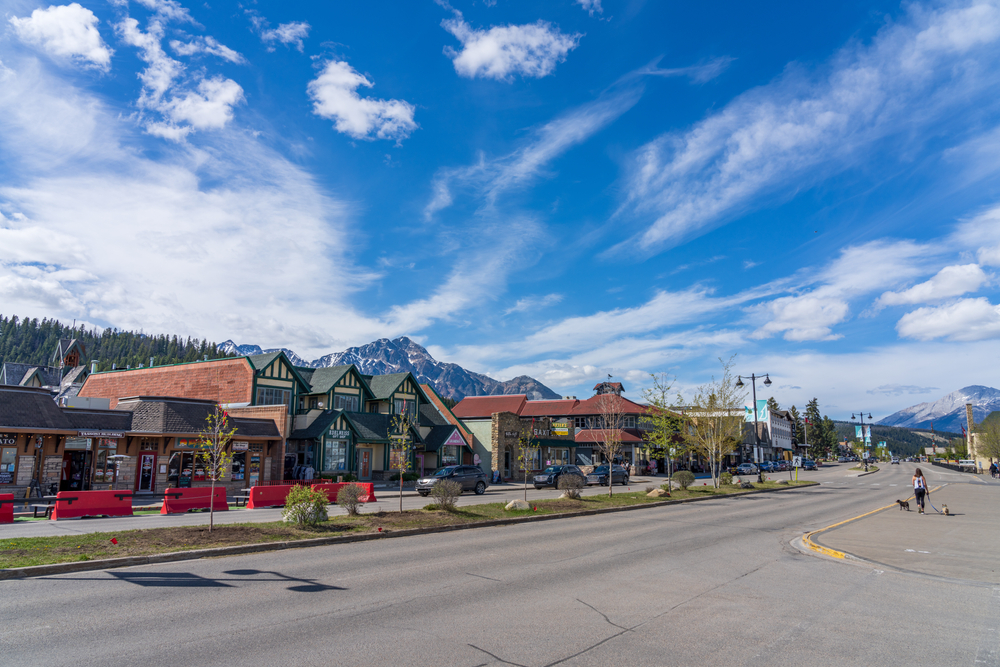
Though Jasper National Park is breathtaking, the townsite itself feels increasingly commercial. Hotels dominate the landscape, and prices surge during tourist season. The charm of this small mountain town has faded under constant crowds and selfie-hunting visitors. Locals from nearby regions now prefer camping deeper into the park or heading toward less commercialized areas like Hinton or Valemount. Jasper remains visually stunning, but the town feels more like a tourist rest stop than a peaceful alpine escape.
Saint Joseph’s Oratory (Montreal, Quebec)
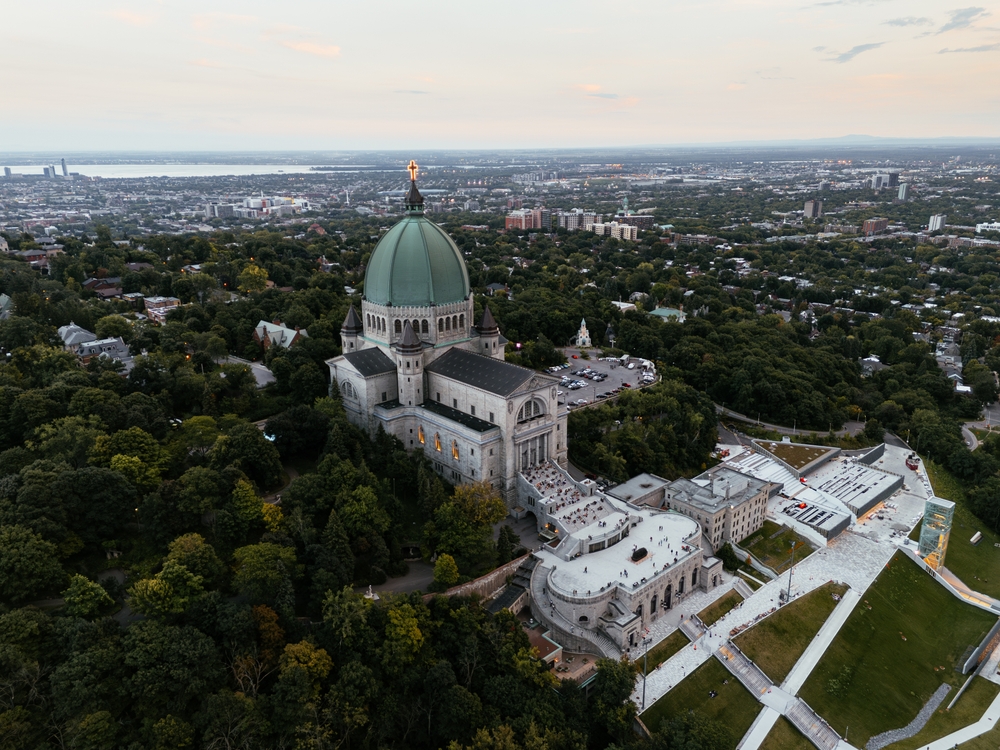
While it’s one of Montreal’s most photographed landmarks, most locals rarely visit. The oratory draws large tourist and pilgrimage crowds, and the climb up its hundreds of steps feels more symbolic than enjoyable. Parking is expensive, and guided tours have taken over the once tranquil grounds. Montrealers would rather spend their weekends exploring Mount Royal Park or smaller neighborhood churches with real community connections. Saint Joseph’s Oratory remains majestic, but its serenity is lost to constant tour groups and camera flashes.
West Edmonton Mall (Alberta)
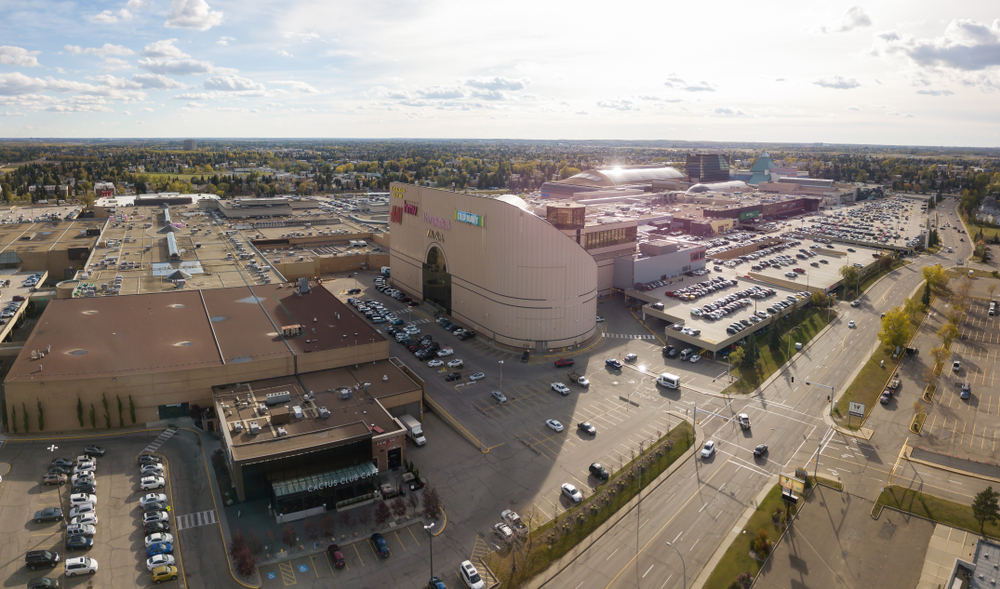
This massive shopping complex is famous for being one of the largest malls in North America. But for Edmonton residents, it’s more of a teenage hangout or weatherproof walking track than a must-visit. The novelty of the indoor amusement park and waterpark fades quickly, and the crowds can be unbearable on weekends. Locals now prefer smaller, boutique shopping districts like Whyte Avenue. The mall remains an architectural feat, but it’s become a commercial labyrinth that most residents only visit when they absolutely have to.
The Calgary Stampede (Alberta)
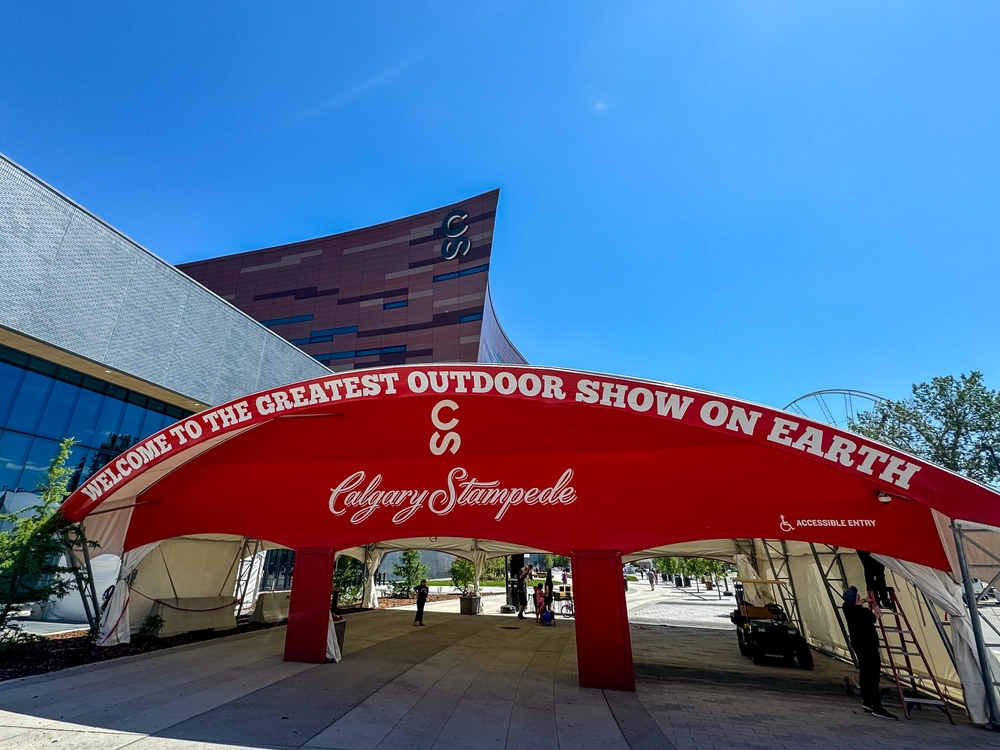
Every July, Calgary transforms for “The Greatest Outdoor Show on Earth,” but not everyone’s thrilled. Locals often dread the Stampede’s noise, crowds, and inflated prices. Hotels fill up, transit becomes chaotic, and the city’s downtown turns into a carnival zone. Many residents escape town altogether during the event. While it’s great for tourism, locals know it’s more about beer tents and long lines than authentic Western heritage. The spirit of the rodeo lives on, but the authenticity has been replaced by commercial spectacle.
Bay of Fundy Tidal Bore (Nova Scotia/New Brunswick)
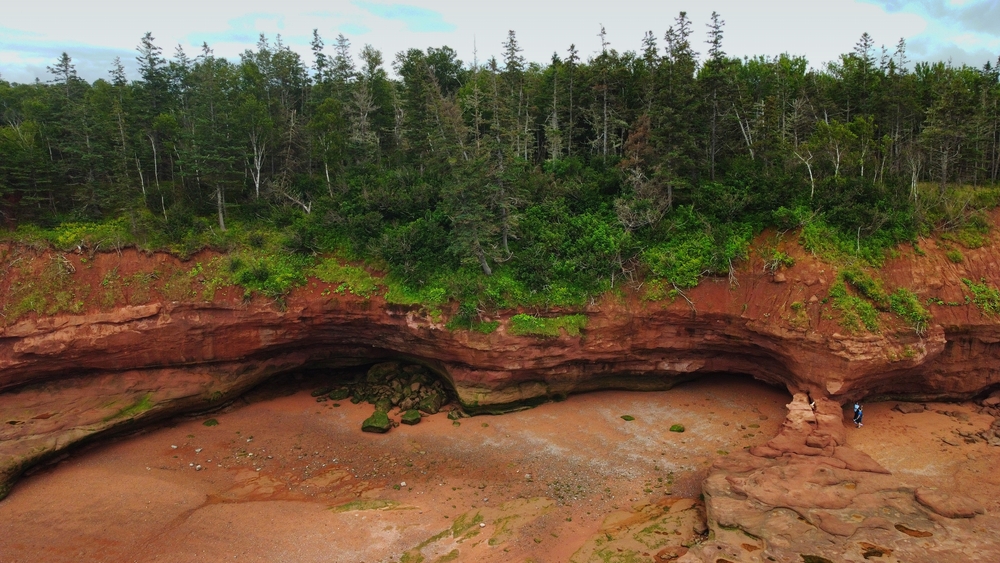
The tidal bore is a natural wonder, but to most locals, it’s not worth the hype. Tourists gather to watch what often looks like a modest wave rolling upstream. The marketing makes it sound monumental, but locals joke that it’s more impressive in theory than reality. The surrounding towns cater heavily to tourists, with souvenir stands and pricey cafes. While the tides are scientifically fascinating, most residents prefer the actual coastal trails and beaches instead of crowding around for a fleeting wave.
Parliament of British Columbia (Victoria)
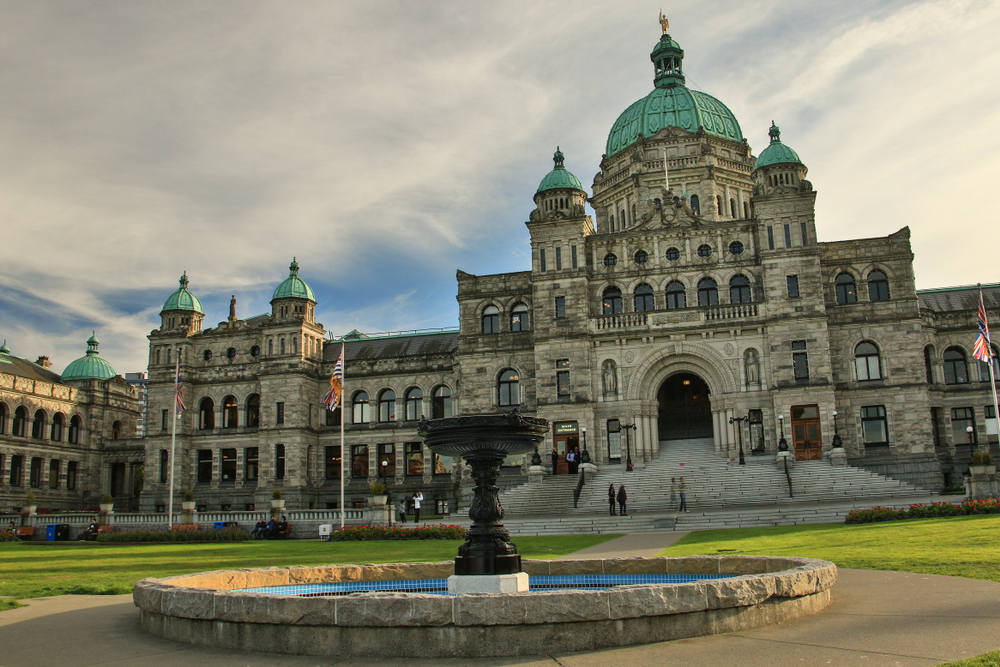
Victoria’s Parliament buildings are undeniably beautiful, especially when lit up at night. But for locals, they’re simply background scenery. Guided tours attract endless crowds, and parking downtown is an ordeal. The surrounding area has become tourist-heavy, with overpriced horse carriage rides and souvenir stalls. Locals would rather enjoy the quieter beauty of Beacon Hill Park or Dallas Road. The buildings stand as an architectural gem, but for residents, it’s a spot to admire from afar, not somewhere they actually spend time.
Reversing Falls (Saint John, New Brunswick)
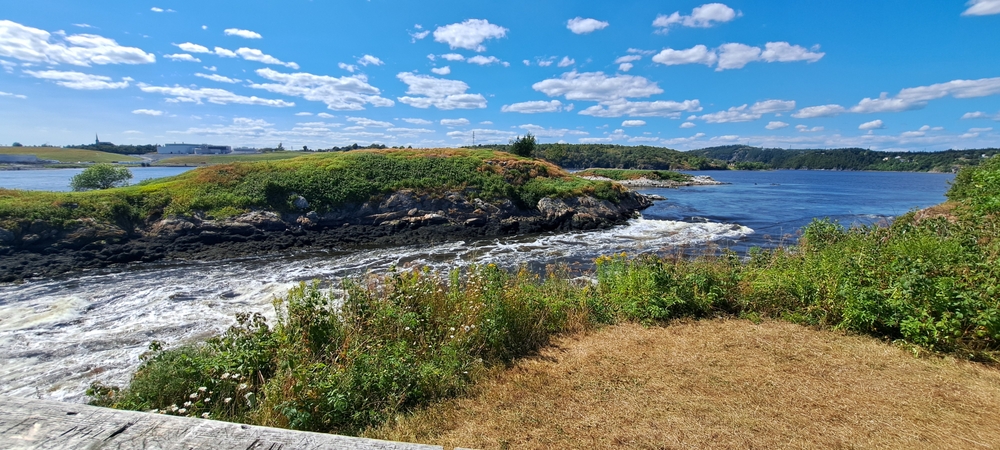
The Reversing Falls are a geological curiosity, but the experience is underwhelming for most locals. The “falls” are more of a tidal shift, and unless you visit at the perfect time, it’s easy to miss the effect entirely. The viewing platforms and ticketed tours feel unnecessary, and the surrounding area hasn’t developed much beyond tourist stops. Locals consider it a one-and-done attraction, something you show relatives once, then never return to. The science is interesting, but the spectacle often falls flat in person.
Cavendish Beach (Prince Edward Island)
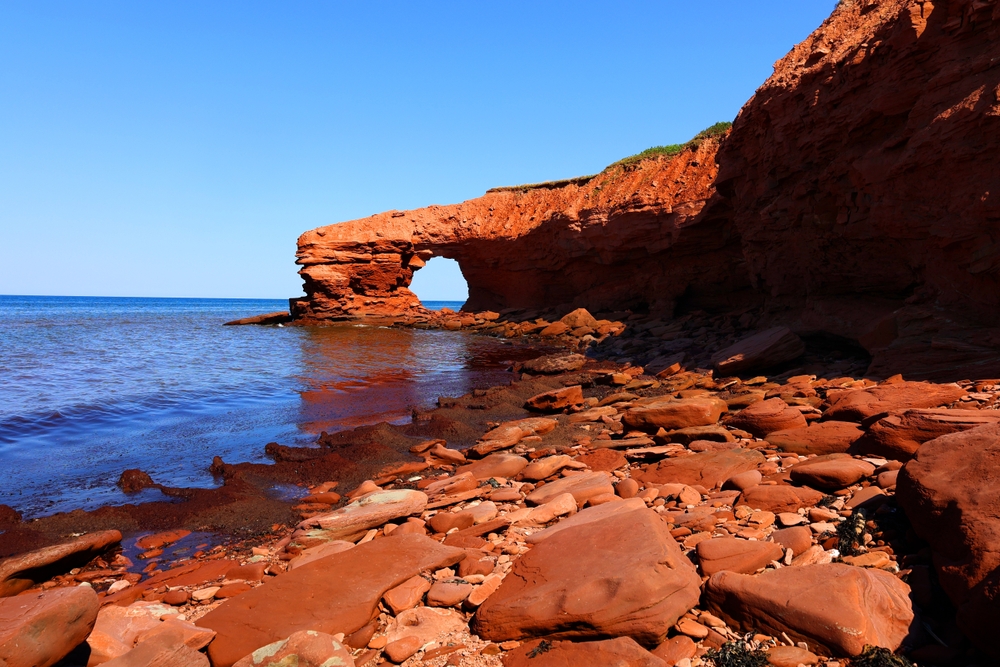
Cavendish Beach is stunning, but it’s also become synonymous with tourist overload. Each summer, it fills with RVs, day-trippers, and Anne of Green Gables fanatics. The serenity of the island is lost amid crowded boardwalks and inflated prices. Locals prefer quieter beaches like Brackley or Blooming Point, where the dunes stretch for miles without the noise. Cavendish has become more of a theme park for visitors than a peaceful coastal escape, and locals avoid it during peak season to preserve their sanity.
Château Frontenac (Quebec City
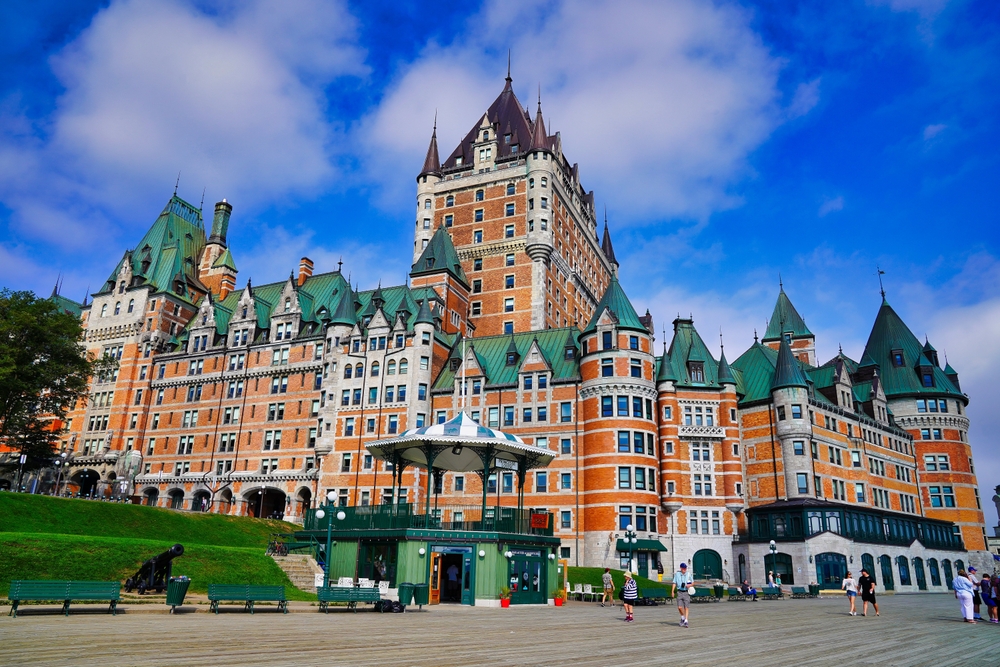
It’s one of the world’s most photographed hotels, but Quebec City locals treat it as more of a landmark than a destination. The area around the Château is packed with tourists, horse carriages, and souvenir stands. The interior is luxurious but out of reach for most residents, and its surrounding Old Quebec streets are constantly jammed. Locals prefer exploring Saint-Roch or Saint-Jean-Baptiste for a more authentic city vibe. The Château remains a crown jewel for tourism, but few residents ever step inside.
The Icefields Parkway (Alberta
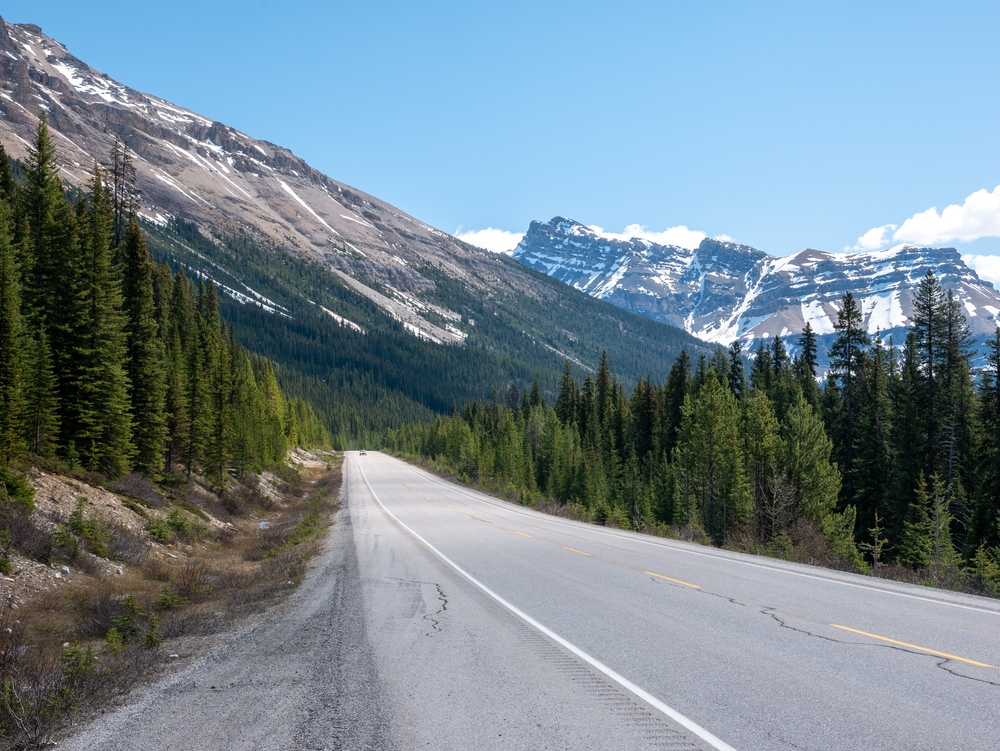
The Icefields Parkway offers breathtaking mountain views, but it’s also packed with tour buses and RVs during the summer. Traffic moves slowly, and every scenic stop feels like a lineup for a photo. Locals who love the Rockies avoid it during peak season, opting instead for quieter routes like Highway 40 through Kananaskis. The Parkway’s beauty is unquestionable, but its popularity has made it more stressful than peaceful. What was once a remote road through nature now feels more like a scenic highway jam.
21 Products Canadians Should Stockpile Before Tariffs Hit

If trade tensions escalate between Canada and the U.S., everyday essentials can suddenly disappear or skyrocket in price. Products like pantry basics and tech must-haves that depend on are deeply tied to cross-border supply chains and are likely to face various kinds of disruptions
21 Products Canadians Should Stockpile Before Tariffs Hit